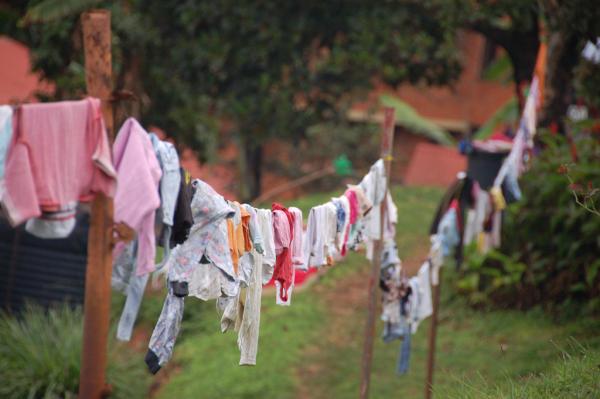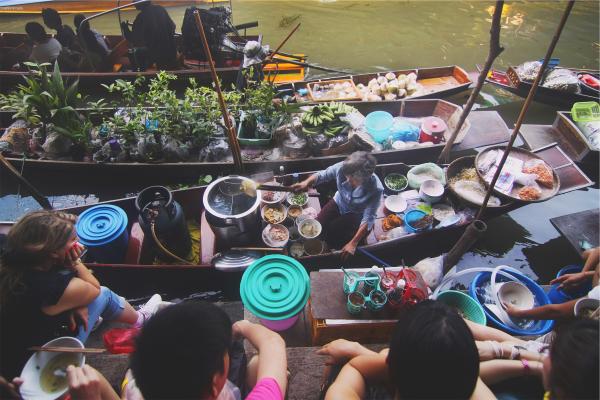China boasts Tibet’s modernization and burgeoning economy since its rule; but critics accuse China of committing human rights violations and of putting pressure on Tibet’s environment and natural resources.
For a population of just 2.6 million people in an isolated region of the world, Tibetans have had a checkered history. When the country was invaded by China in 1950, about half of the territory within its borders was combined into neighboring Chinese provinces. In 1965, China named the remaining land the Tibet Autonomous Region (TAR) — but critics say that autonomy doesn’t really exist.
Chinese Rule
Communist leader Mao Zedong first threatened to invade Tibet in 1949 when he formed the People’s Republic of China (though he referred to it as ‘liberating Tibet’). He carried through on his threat just one year later, and in 1951, Tibetan leaders signed a treaty giving up their rights to handle their own external affairs and allowing Chinese military to occupy the country; China, in return, agreed to allow Tibet to keep its existing political scheme.
Despite China’s concession, Tibetans weren’t satisfied with the arrangement; the 1950s brought a Tibetan uprising in which several thousand Tibetans died, though this number is disputed by China. During the uprising, the country’s spiritual leader, the Dalai Lama, came under threat and fled the country in exile; thousands of Tibetans also fled.
China officially established the Tibet Autonomous Region in 1965; but the Cultural Revolution that followed in the 1960s and 70s saw the killing of monks and nuns, and the destruction of monasteries and other religious artifacts. Starting in the 1980s, China relaxed its grip on Tibet and opened up the country to economic investment and modernization. It has also put economic policies in place to encourage Han Chinese to migrate to Tibet. Tibet’s economy has improved in recent years— China calculated the 2003 GDP to be 28 times what it was in 1978— but some Tibetans worry that they won’t be the ones profiting from this wealth; they argue that China is benefiting because Han Chinese migrants are sending their earnings to their families back home.
Religion
Tibet has been a predominantly Buddhist country since the 7th century. The Dalai Lama—meaning ocean of wisdom— is considered the spiritual leader of the faith; he is seen as a living God by his followers. Each Dalai Lama is thought to be a reincarnation of his predecessor. The 14th Dalai Lama, currently in exile in India, was acknowledged to be the reincarnation of his predecessor at the age of two.
China sees Buddhism and the spiritual leader himself as a threat to its occupation. During China’s cultural revolution of the 60s and 70s, the Chinese banned Buddhism in Tibet, a ban that lasted until 1976. During the uprising of 1959, the Chinese launched mortars at the Dalai Lama’s palace, inciting him to flee the country. The second highest Buddhist spiritual figure, the Panchen Lama, is also controversial. The person that the Dalai Lama selected was detained by the Chinese and hasn’t been seen in more than ten years; instead, China has appointed its own selection of the Panchen Lama—a choice that Tibetans reject.
Environment and Economy
Tibet is a land rich in minerals and other natural resources. Seventy percent of the region is grassland, and it holds a number of unique animal and plant species. But before China’s occupation of the country, its resources— particularly its minerals— were never really exploited (mostly due to poor transportation systems). Now, China is being accused of implementing policies that are destructive to Tibet’s environment: its policy of settling nomads is creating areas of grassland that are grazed too much; people are hunting and poaching for commercial use; and many worry that the newly-constructed train from Beijing to Lhasa will cause even more environmental damage. While China has set aside millions of dollars to ensure Tibet’s environmental well-being during and after the construction of the railway, it remains to be seen if that will be enough to protect Tibet’s ecological system.
Add this article to your reading list



